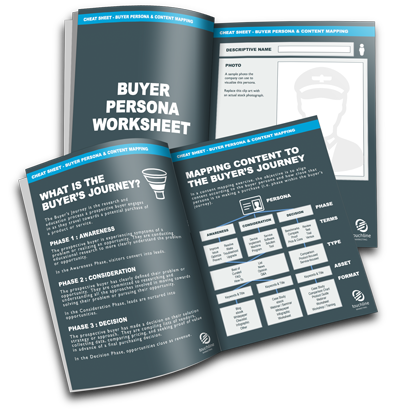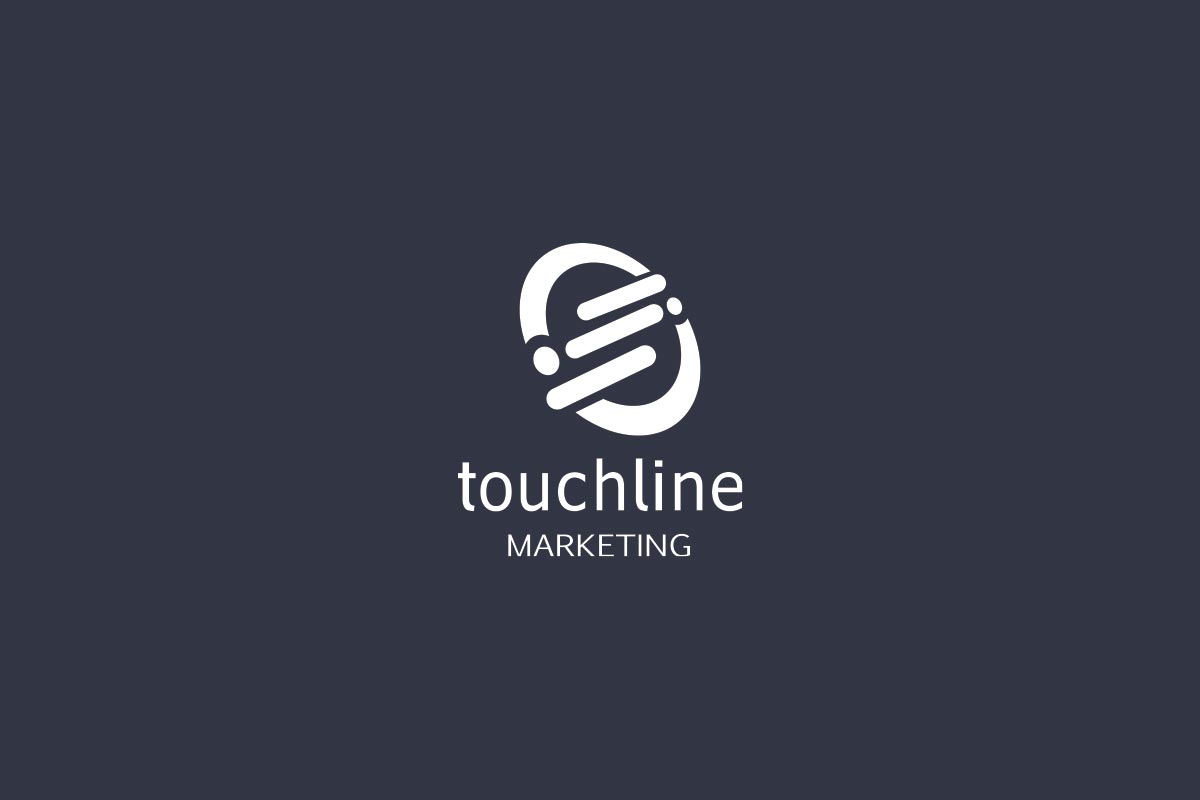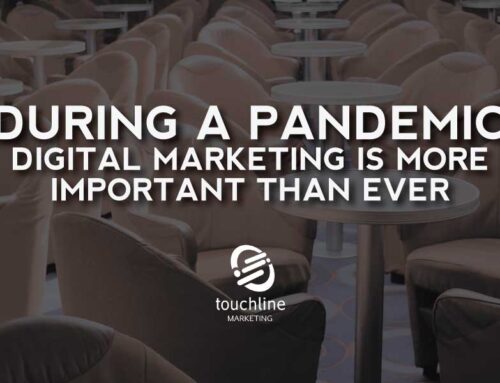With no signs of stopping, the trade show business has created a rather large industry for itself by providing a marketing platform for businesses to network, showcase, and launch new products. However, with what seems to be a never ending trade show itinerary these days, it has become harder to determine which shows to attend.
“The trade show industry is expected to grow at least 4% over the next few years.”
If you are like most companies, you may be wondering which trade shows are best suited for your business. Other companies are asking themselves if they should even exhibit due to digital savvy millennials. As an executive, you question the ever increasing expense of exhibiting too. There are certain pros and of course cons for exhibiting at trade shows. As you start to plan your marketing activities, remember the following before you decide to exhibit.
Pros for Exhibiting at Trade Shows
Getting Noticed
New to a particular market? Trade shows and conferences are a quick way to get noticed and build a database of new prospects. Awareness for your company is easy to do when you have an exhibit at a trade show. Most potential buyers view businesses as serious industry players when you have a trade show presence. This also allows potential buyers to become acquainted with your company and what you have to offer.
Central Location for Sales
If your company has an outside sales force or your team is in the field, a trade show can work as a great gathering place for a central meeting. Trade shows work great for a secondary reason to get the team together and push for additional sales. Trade shows also allow the team to network and can act as a little friendly competition for your staff. There are often opportunities to host ancillary networking events to give your sales team exclusive access to guests.
Generating New Opportunities
New sales leads are the main reason companies exhibit at trade shows. Exhibiting is still one of the best ways to grab a potential buyer’s attention.
Market Research
With all of your competitors and market leaders in once place, exhibiting at trade shows can be beneficial. Anyone talking to attendees or other industry leaders will obtain industry knowledge. Key factors about learning where the industry is heading, seeing new technology, and listening to keynote speakers can give you a good idea on which direction you want to point your company.
Cons for Exhibiting at Trade Shows
Expense
Let’s face it—exhibiting at trade shows isn’t cheap. In fact, trade shows are usually the largest budget expense for marketing. ROI may even take up to two years for larger trade shows. In addition to exhibitor and sponsor fees, companies incur the associated cost of travel, lodging, shipping, exhibit construction, collateral, promotional items, lead collection mechanisms, staffing, cleaning, union labor, incidentals, and more. A simplified calculation to estimate the cost of exhibiting at a trade show is the cost of the exhibit space multiplied by two. Companies should carefully conduct a cost-benefit analysis of exhibiting at trade shows versus investing in inbound techniques like content marketing, blogging, thought leadership, SEO, social media, and personal branding.
Leads aren’t always qualified
Many companies have scaled back on participating because the quality of leads aren’t happening. Companies don’t always send key decision makers to regional trade shows. Smaller regional shows have more of a learning type of agenda, which makes qualified leads hard to obtain. It’s important to understand the demographic of the attendees.
Hard to get noticed
Unless you’re in the top four or five competing companies within your industry, chances are you may have a smaller booth. If this is the case, it becomes increasingly harder to get people to notice you. It is important to identify your differentiating value and get creative with the distribution of your message in this ocean of over stimulation.
If you do…
If you do decide to exhibit at a few trade shows, make them count. Stick with larger well known exhibitions and conferences that you know have proven track records. Make sure that you budget enough to have a good looking presence. Also, take advantage of the opportunity and couple it with a product launch or announcement of an award win. Companies can usually generate more press by launching products during the trade show. Plus, it’s also a great opportunity to create a little sales competition for your team too—make it fun and get everyone involved.
Every time you participate in a trade show, have a long-term plan for lead nurturing. Depending on your industry, it may take 18 months or more for these leads to become opportunities. Map out your plans for timely CRM uploads, define lead qualification criteria for marketing qualified leads (MQL) & sales qualified leads (SQL), create personalized and mass follow-up plans, marketing automation workflow, and campaign ROI tracking.
The 12-page visual guide includes information on:
- What is a buyer persona?
- Why are buyer personas important?
- What is the buyer’s journey
- Mapping content to the buyer’s journey
- 20 questions to consider for buyer persona interviews and surveys
- 10 steps to create a buyer persona
- Buyer persona worksheet
- Content mapping worksheet






